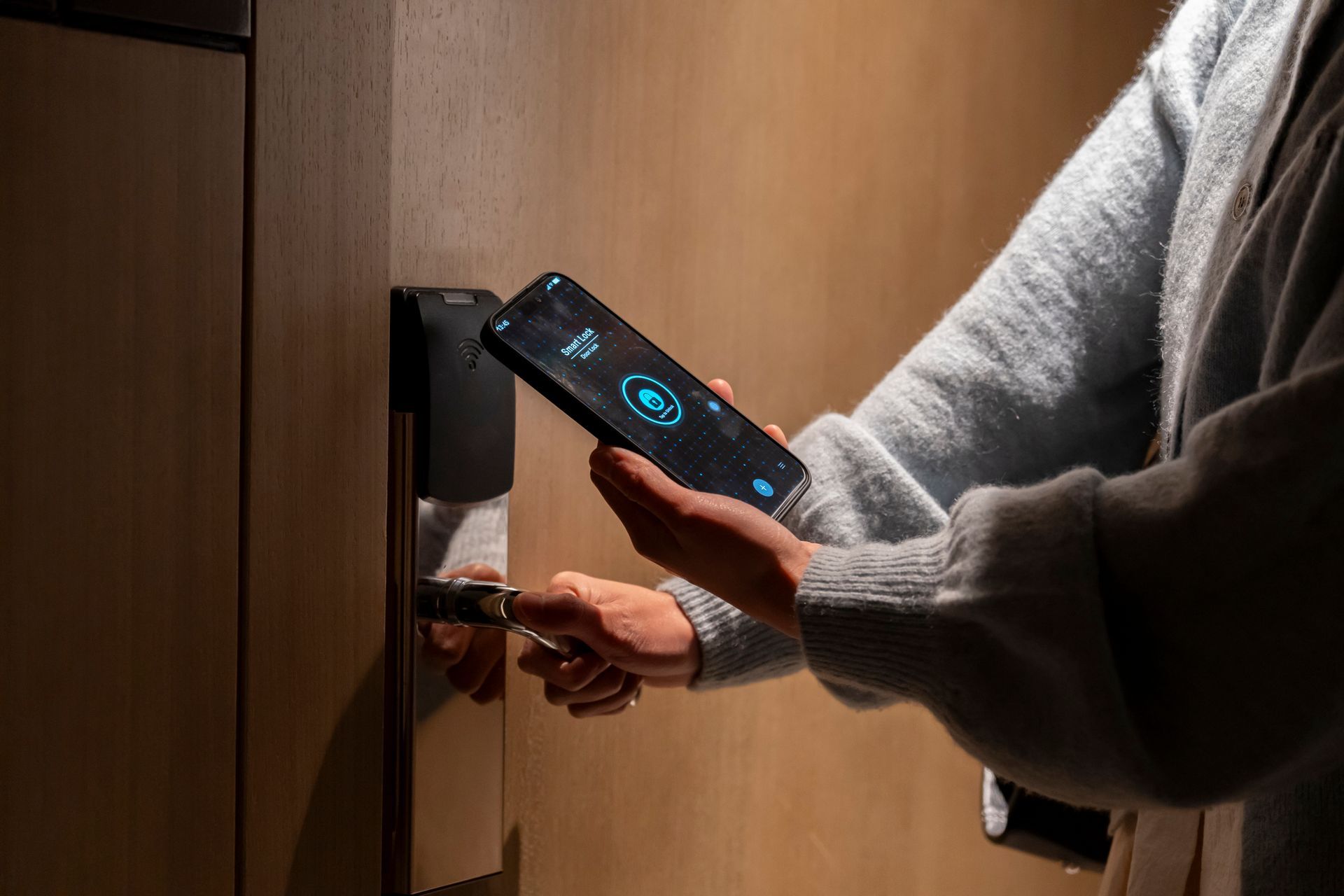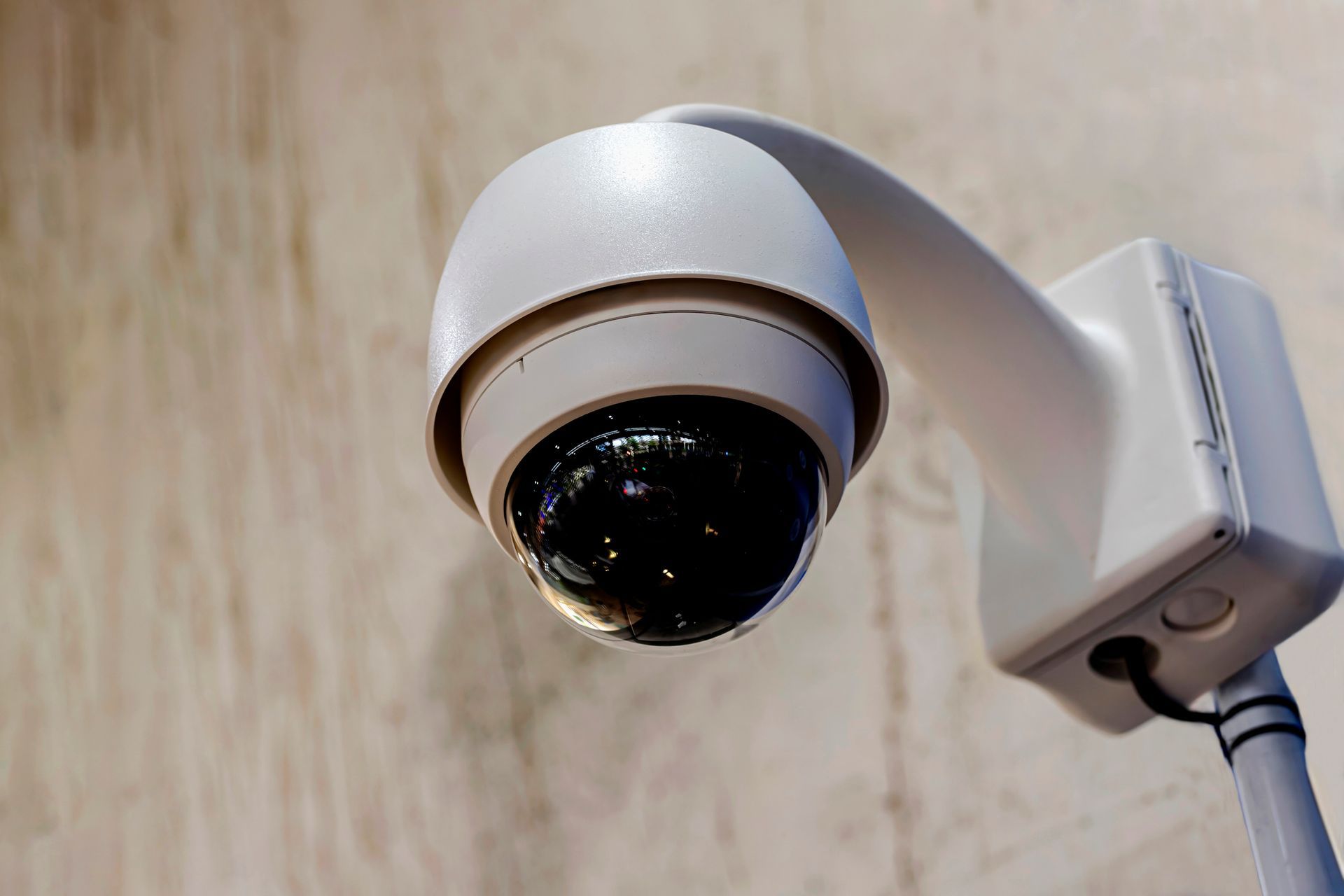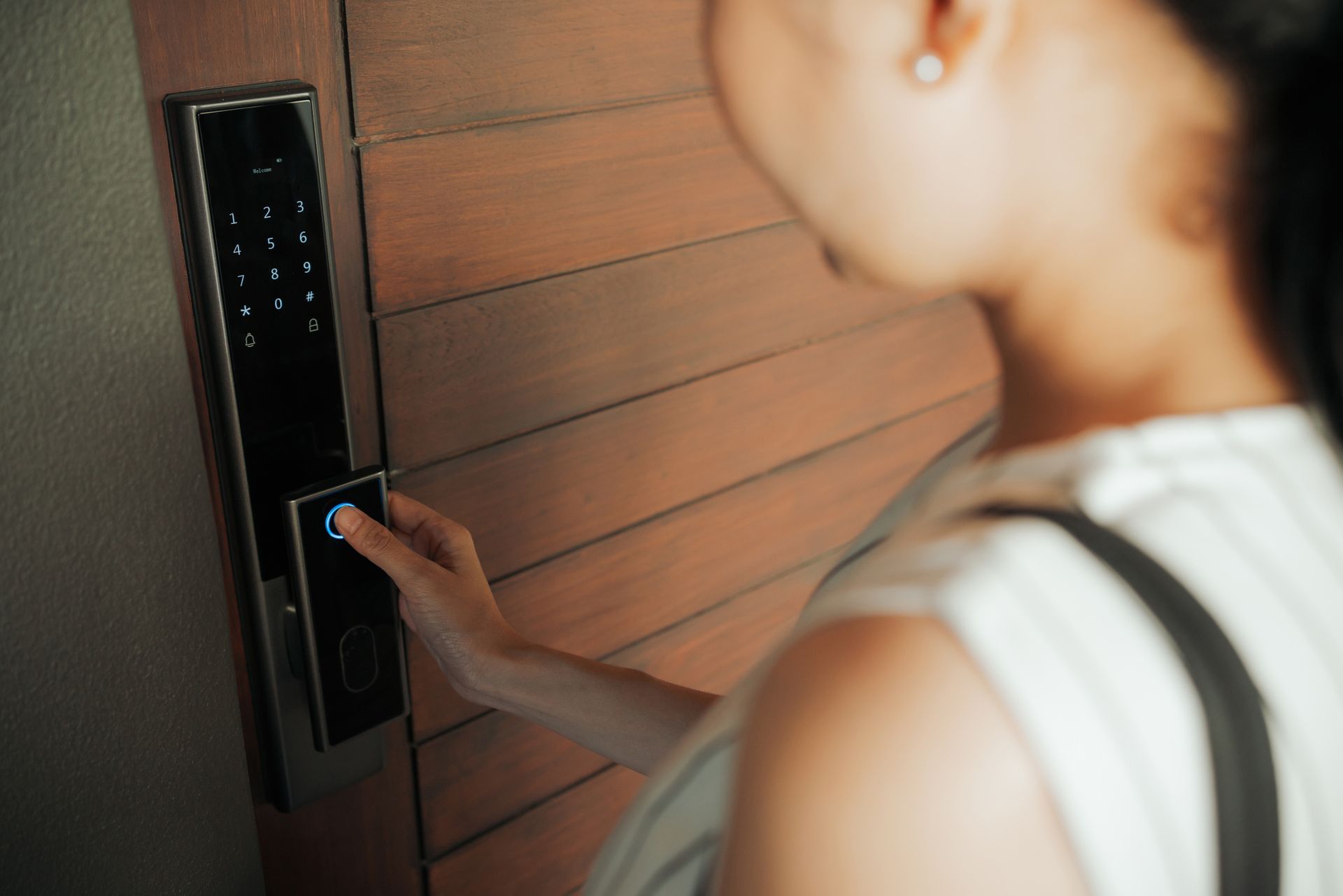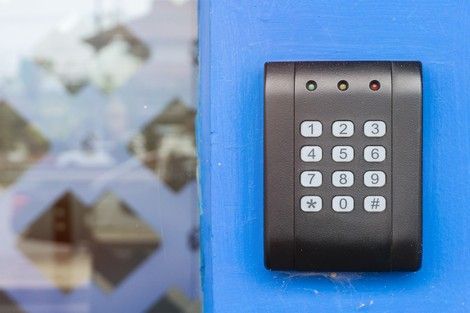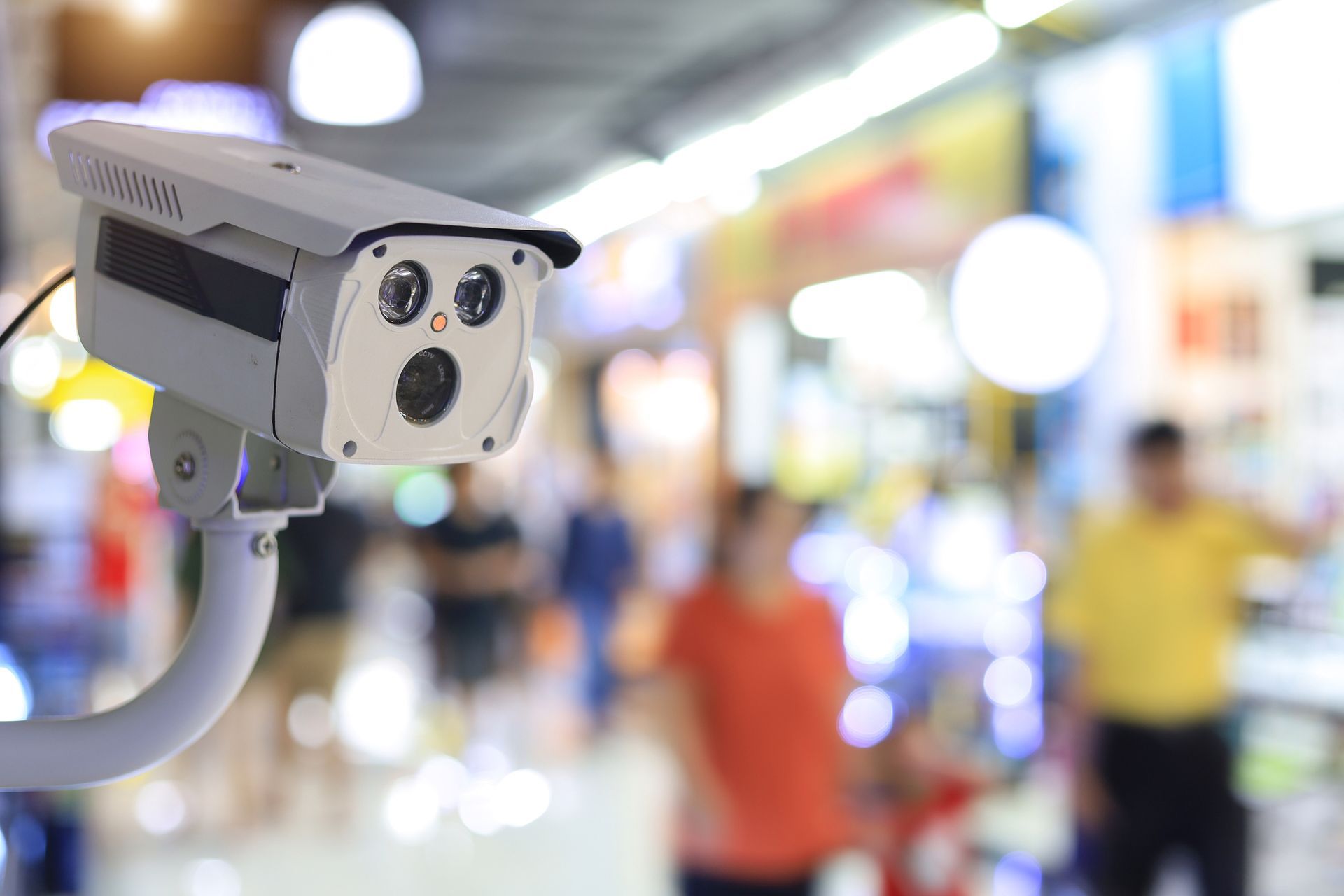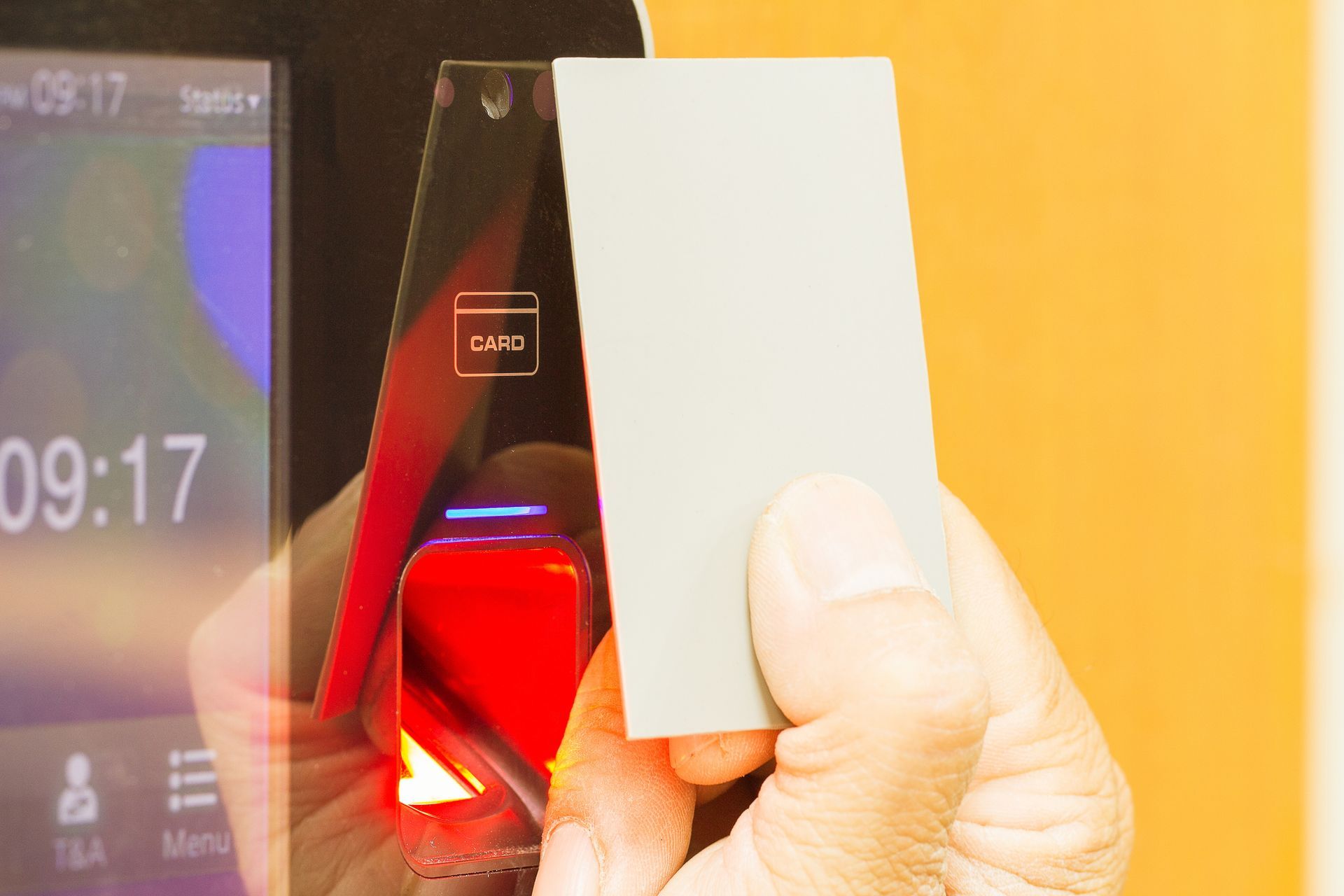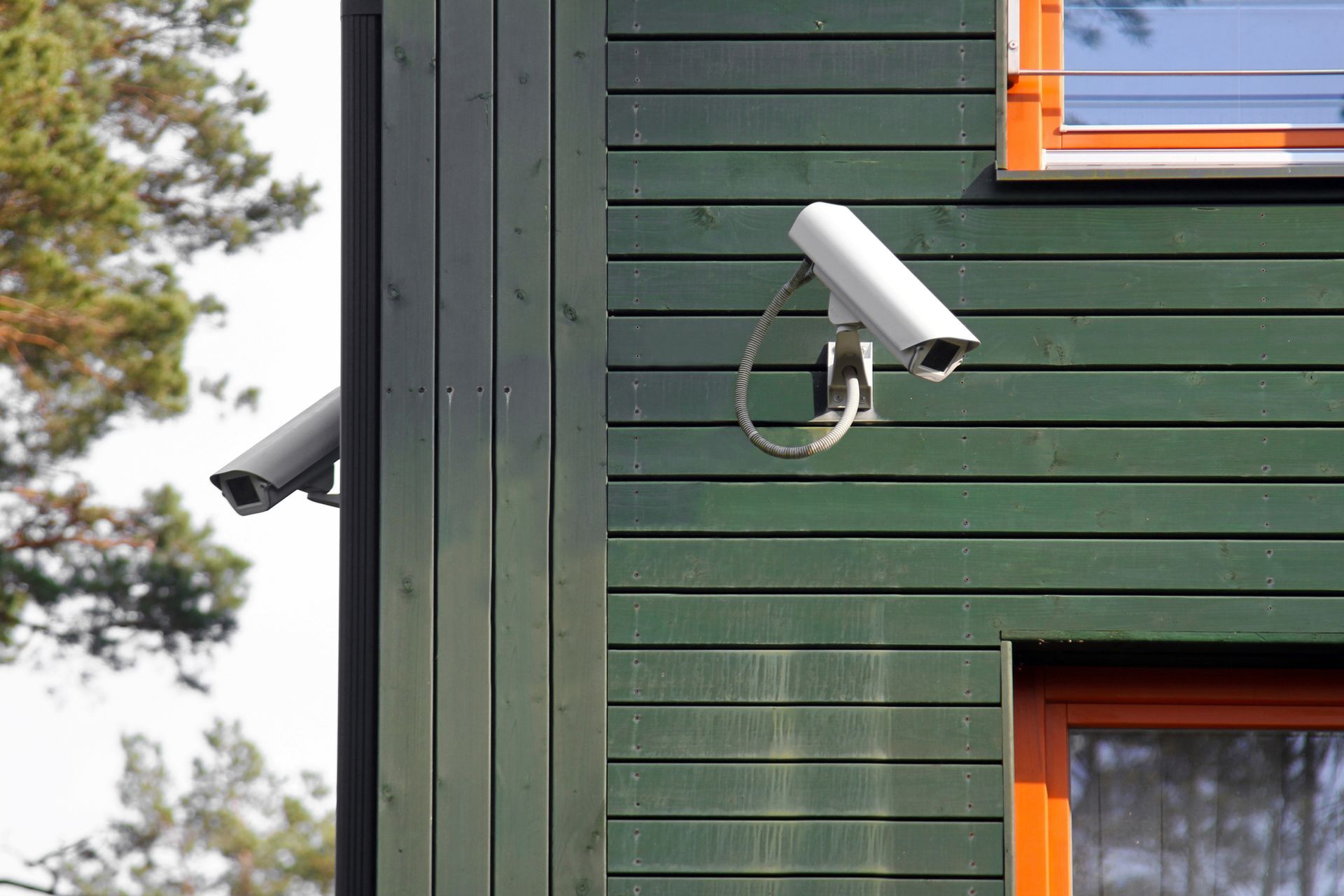Security System Features for Companies That Hire Hybrid Workers
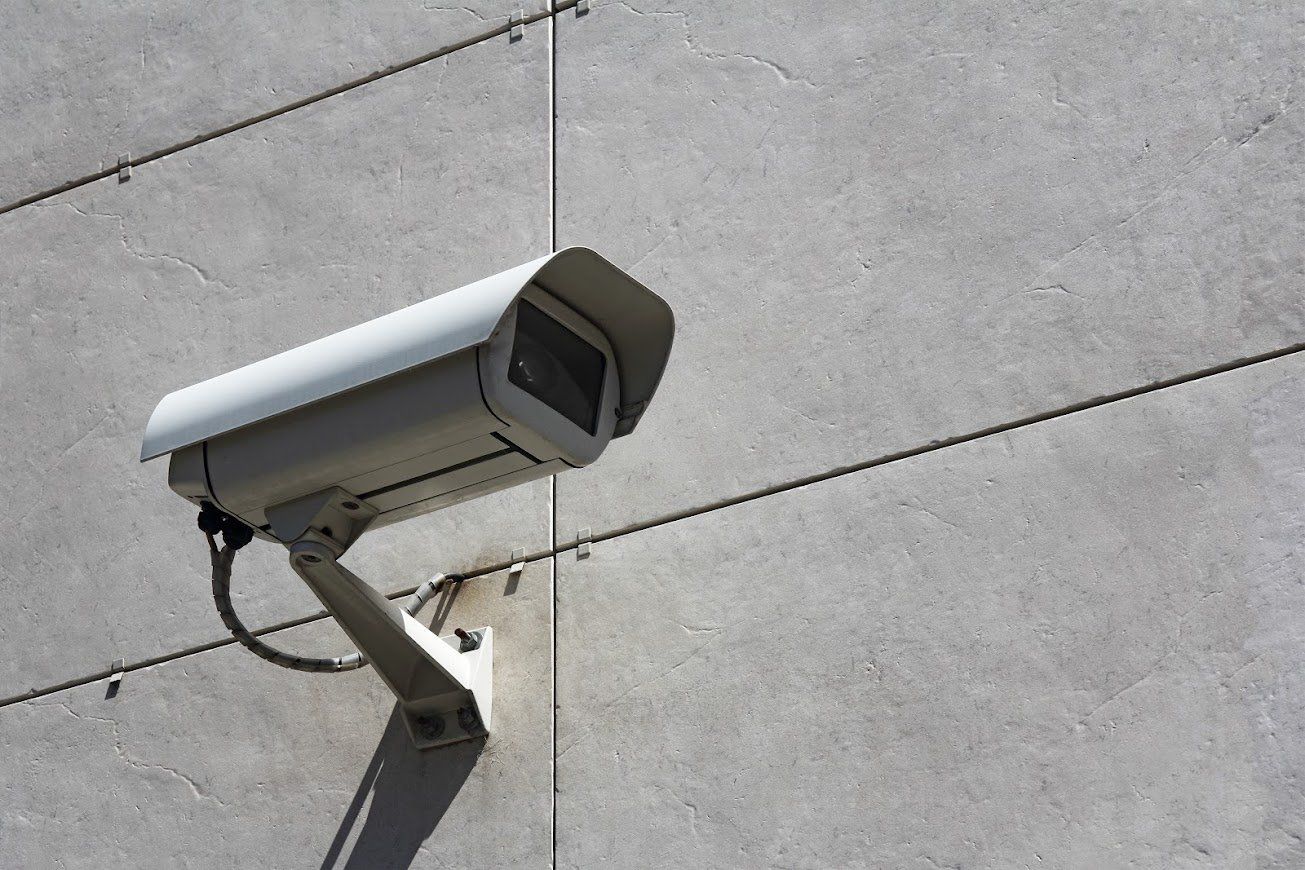
In today's labor market, more professionals are looking for hybrid work. The COVID-19 pandemic revealed how flexible job positions are, with employees mixing in-person and remote tasks.
If your business hires hybrid workers, you should consider adapting your security system accordingly. For example, you may need to adjust access control to fit each employee's in-person schedule. Furthermore, motion detection and facial recognition may be useful when the building is temporarily closed due to COVID-related concerns.
Here are 5 essential features to consider when upgrading your security system to adapt to a hybrid workforce.
1) Smart Capability
Smart security systems use a combination of wireless sensors, cameras, and locks that communicate via Bluetooth signals. You can sync your equipment to a centralized mobile application, allowing you to monitor and control the system remotely.
For businesses that have a hybrid workforce, smart features are essential. You can install perimeter controls in restricted areas, access camera footage in real-time, or even control lighting and HVAC systems. Regardless of each employee's schedule, you have ultimate control over the safety features in your building.
2) Motion Detection
When dealing with hybrid workers, the ability to control access to parts of your building is critical. Motion detection senses movement in specific areas and sends an alert to your security system. This feature is useful for data centers, hospitals, banks, or other businesses that need to protect valuable assets.
Even with fewer employees on-site, motion detection provides instant surveillance and reduces operating costs. For example, you can set the activity threshold necessary to trigger an alarm. Between the cameras, lights, and door locks fitted with motion detection sensors, you can respond quickly to potential threats even when you're not actively monitoring the system. The result is lower operational costs for your business.
3) Keycard Access Control
If you're using traditional lock-and-key systems, it can be difficult to track who has access to the building at any given time. Keycard systems assign each employee a unique access code. Therefore, you can integrate keycards with employee badges and make it easier for your workers to access the building. You can also adapt access privileges to fit each employee's schedule. For example, time-based restrictions are ideal when granting temporary access to specific employees.
Keycard systems are reliable because they produce detailed activity reports. You can easily track the time and location of each entry/exit, making it easier to investigate any potential security breaches.
4) Facial Recognition Features
If your business deals with sensitive data or valuable assets, facial recognition provides an extra layer of security. Smart cameras with facial detection are an excellent feature when dealing with a large hybrid workforce. Even if you don't know every worker on a first-name basis, you can combine keycards with facial recognition to ensure that only authorized individuals have access to specific areas.
Most security cameras now come with high-definition features, improving the accuracy of facial recognition software. Encryption also allows you to keep employee data safe and private.
5) Integration With Building Safety Systems
Hybrid workers may not be as familiar with your building as full-time in-person employees. Therefore, hybrid employees are more likely to leave the lights on accidentally, keep bathroom faucets on, or even leave fire doors open.
The good news is that you can integrate your security equipment with building safety systems. For example, if a fire alarm or smoke detector goes off, you can receive an instant notification on your control panel. You can also remotely activate sprinkler systems or turn off lights in offices and hallways. This seamless integration keeps your building safe, regardless of employee mistakes.
As you adapt your hiring practices to suit the needs of your employees, don't forget to upgrade your security system. Dealing with hybrid workers comes with additional security challenges. However, with the features described above, you can protect your business while optimizing employee productivity.

